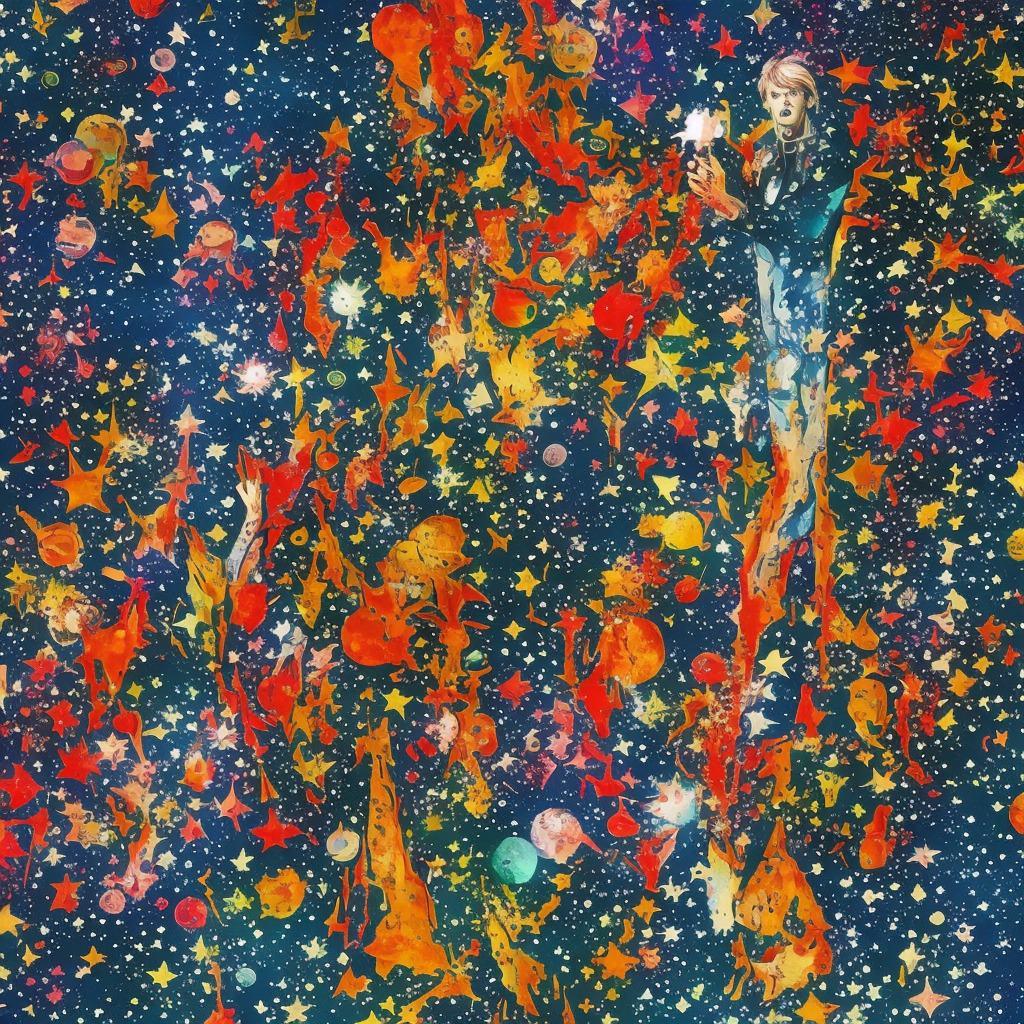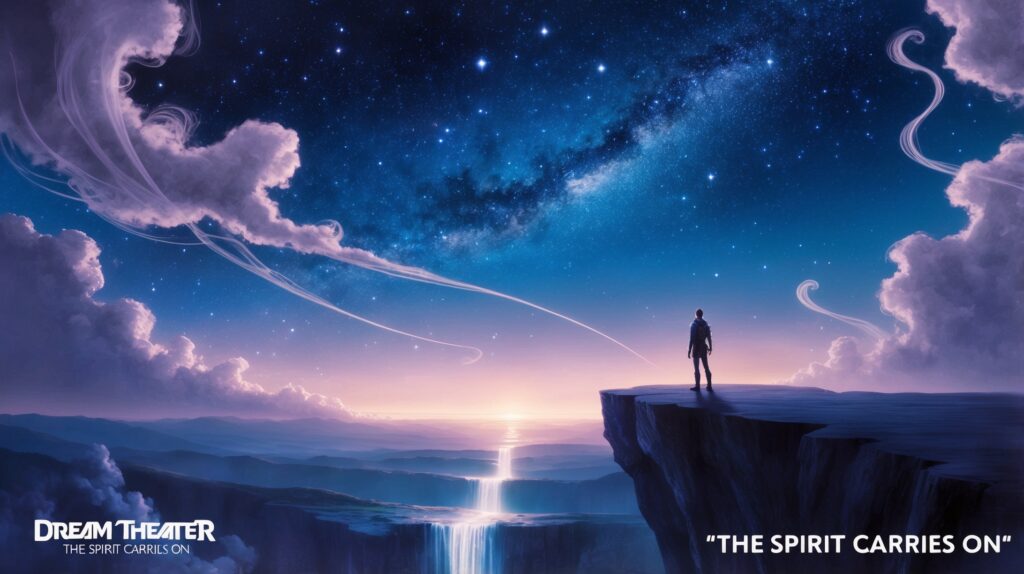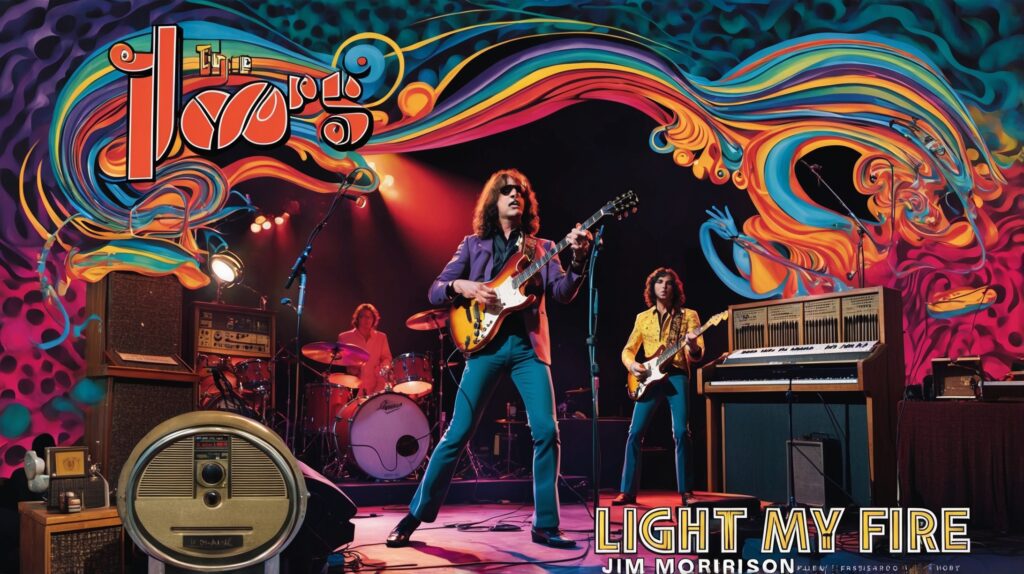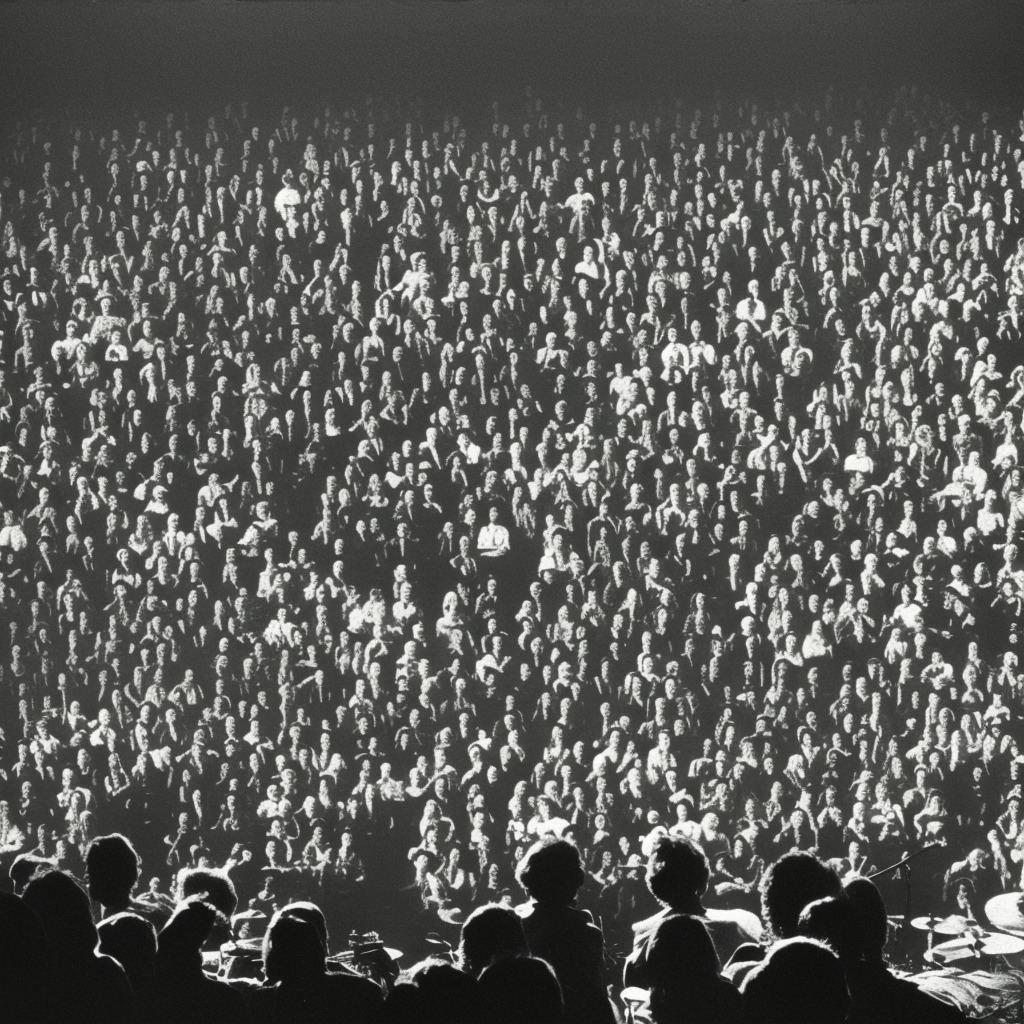🚀Blast off with Bowie’s #SpaceOddity, released exactly 9 days before the Apollo 11 moon landing!🌕 Coincidence or perfect timing? 😉 #DavidBowie #Trivia #MoonLandingAnniversary Read about it: tinyurl.com/4apwnm4z
Exploring the Cosmos with Bowie’s Timeless Classic
“Embark on an interstellar journey through Bowie’s genre-defying universe, as we delve into the timeless masterpiece, ‘Space Oddity’, and celebrate the legacy of a true musical innovator.”
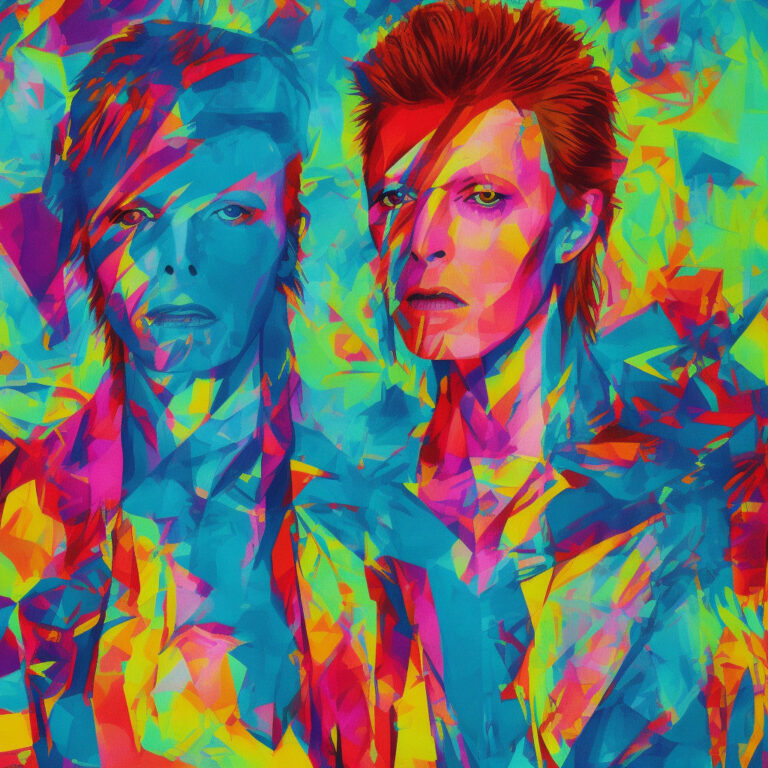
David Bowie, the late, great musical innovator, and chameleon, was a true force in the world of rock and roll. With a career spanning over five decades, Bowie’s discography is as vast as it is varied. One of the songs that not only catapulted him to stardom but also captured the essence of his unique artistry is his 1969 single, “Space Oddity.”
“Space Oddity,” released on July 11, 1969, was perfectly timed to coincide with the Apollo 11 moon landing. The song’s protagonist, Major Tom, became an enduring character throughout Bowie’s career, with references popping up in songs like “Ashes to Ashes,” “Hallo Spaceboy,” and “Blackstar.” The song’s ethereal melancholy and otherworldly imagery are a clear reflection of the fascination with space exploration that permeated the late 1960s.
David Bowie (born David Robert Jones) sadly passed away in 2016 at the age of 69, leaving behind a legacy of fearless innovation and boundary-pushing creativity. Over the years, he experimented with numerous genres, from glam rock to soul, electronica, and even jazz. As a result, his music resonates with fans of all ages and backgrounds. Bowie maintained his artistic integrity throughout his entire career, often choosing experimental projects over commercial success.
It’s worth noting that although Bowie was a gifted musician, he faced some criticism for his constant reinvention, which some saw as a calculated attempt to remain relevant in a constantly changing music industry. Nonetheless, his constant evolution is also what earned him a reputation as one of the most influential artists of all time.
Bowie’s illustrious career saw him receive numerous accolades and awards, including 10 BRIT Awards, four Grammy Awards, and a World Music Award for Outstanding Contribution to Popular Music. He was also inducted into the Rock and Roll Hall of Fame in 1996.
In conclusion, David Bowie’s “Space Oddity” remains an iconic, unforgettable piece of music that has transcended time and genre. Its haunting melody and thought-provoking lyrics have continued to captivate fans even decades after its release. While Bowie’s artistic integrity may be a subject of debate for some critics, there’s no denying the profound impact he has had on the world of music.
Charting a Course Through the Stars
Blasting off with Bowie: “Space Oddity” – A cosmic classic that charts its enduring legacy across generations and the universe of music history.

“Space Oddity” was released on 11 July 1969, just five days ahead of the historic Apollo 11 moon landing. The timing of the release was no coincidence, as the song captured the zeitgeist of the era and the world’s fascination with space exploration. The track, which was produced by Gus Dudgeon, was David Bowie’s first UK hit and marked the beginning of his legendary career.
When it comes to chart performance, “Space Oddity” initially peaked at number five on the UK Singles Chart after its release in 1969. The song initially struggled to replicate this success in the United States, only reaching number 124 on the US Billboard Hot 100 Chart in its first run. However, it’s important to note that the song’s popularity only grew with time. In 1973, following the release of Bowie’s breakthrough album “The Rise and Fall of Ziggy Stardust and the Spiders from Mars,” “Space Oddity” was reissued in the United States, where it climbed to a more impressive number 15 on the Billboard Hot 100 Chart.
“Space Oddity” continued to make chart appearances over the years, receiving a boost in popularity each time. In 1983, the song was reissued in the UK to coincide with the launch of the Compact Disc format, and it quickly found its way back to the charts, peaking at number 23. The track’s enduring appeal was evident once more following the tragic passing of David Bowie in 2016, when fans around the world paid tribute to the iconic musician by streaming and purchasing his music. This led to “Space Oddity” re-entering the UK Singles Chart and reaching number 24, showcasing the song’s timeless nature and the lasting impact of Bowie’s artistry.
In summary, while “Space Oddity” may not have been an instant chart-topping hit upon its initial release, this cosmic classic has managed to make a significant impact on music history due to its enduring appeal and the ever-growing legacy of David Bowie. With its multiple chart appearances over the years, “Space Oddity” is a testament to the power of great music that resonates with fans across generations.
Delving into the Symbolism of Space Oddity’s Lyrics
Ground Control to Major Tom
Ground Control to Major Tom
Take your protein pills and put your helmet on
Ground Control to Major Tom (ten, nine, eight, seven, six)
Commencing countdown, engines on (five, four, three)
Check ignition and may God’s love be with you (two, one, liftoff)
This is Ground Control to Major Tom
You’ve really made the grade
And the papers want to know whose shirts you wear
Now it’s time to leave the capsule if you dare
This is Major Tom to Ground Control
I’m stepping through the door
And I’m floating in a most peculiar way
And the stars look very different today
For here
Am I sitting in a tin can
Far above the world
Planet Earth is blue
And there’s nothing I can do
Though I’m past one hundred thousand miles
I’m feeling very still
And I think my spaceship knows which way to go
Tell my wife I love her very much she knows
Ground Control to Major Tom
Your circuit’s dead, there’s something wrong
Can you hear me, Major Tom?
Can you hear me, Major Tom?
Can you hear me, Major Tom?
Can you “Here am I floating ’round my tin can
Far above the moon
Planet Earth is blue
And there’s nothing I can do”
The lyrics of “Space Oddity” convey a deep sense of isolation and the vastness of the cosmos. Released in 1969, the song captures the spirit of not just the space race, but also the growing fascination and unease associated with exploring the unknown. In the midst of the Cold War and only days before the Apollo 11 moon landing, the world was experiencing a mix of technological advancements and political tensions. David Bowie reflected this atmosphere through the story of an astronaut, Major Tom, who embarks on a journey into the unknown, leaving behind the comfort and familiarity of Earth.
The lyrics delve into the psychological state of Major Tom as he ventures deeper into space – “And I’m floating in a most peculiar way, and the stars look very different today.” This line encapsulates not only the disorienting experience of space travel but also reflects the emotions individuals may have felt during times of great change and uncertainty. In an era marked by social and political upheaval, many people likely resonated with the feeling of being unmoored from their familiar surroundings.
As Major Tom becomes increasingly disconnected from Earth, he realizes the insignificance of his own existence in the vastness of the universe – “Planet Earth is blue, and there’s nothing I can do.” This realization echoes the sentiments of existentialism, a popular philosophy during the 1960s, which posits that individuals are ultimately alone and must create their own meaning in life. In the context of the space race and the broader societal shifts of the time, this message takes on even greater significance, as people grappled with their place in an ever-changing world.
Overall, the lyrics of “Space Oddity” are a profound exploration of isolation, existentialism, and the human condition, capturing the spirit of an era defined by rapid change and uncertainty. With its evocative storytelling and hauntingly beautiful melody, the song continues to resonate with audiences today.
Visual Journey: The “Space Oddity” Music Video
Embark on a cosmic voyage with David Bowie’s iconic “Space Oddity” music video, an innovative and enchanting visual masterpiece that revolutionized the art of storytelling in the music industry.
The music video for David Bowie’s iconic “Space Oddity” is a memorable and enchanting visual journey that perfectly complements the song’s otherworldly themes. Released in 1969 and directed by Malcolm J. Thomson, the video’s artistic approach to storytelling was a testament to Bowie’s commitment to pushing the boundaries of his craft.
The video’s production was no small feat, as it was filmed at a time when music videos were considered a rarity. It was made for the BBC television show “Hits à Go-Go” and was a combination of live performance and pre-recorded footage. The video features Bowie as the fictional astronaut Major Tom, who embarks on a surreal journey while contemplating his fate and the vastness of space. Bowie’s striking appearance and the imaginative costumes, together with the innovative visual effects, served to evoke a sense of cosmic isolation that perfectly mirrored the song’s lyrics.
One of the video’s most notable aspects is its use of chroma key, an early and basic form of green screen technology. This was an innovative choice at the time and provided the video with its distinctive visual style. The chroma key technique allowed Bowie to be superimposed against various space-themed backdrops, further enhancing the aura of celestial exploration and vulnerability. Additionally, the video’s ethereal color palette and artful use of lighting helped to create an otherworldly atmosphere that resonated with viewers.
As for the budget, details are relatively scarce, but given the limited resources and technology available at the time, it’s safe to assume that the video was produced on a modest budget. Despite these constraints, the “Space Oddity” video has endured as a significant milestone in the history of music videos, and its influence can still be seen today.
While the official music video for “Space Oddity” has left an indelible mark on pop culture, countless fan videos and YouTube tributes have also emerged over the years. These reinterpretations of the iconic video showcase the song’s enduring legacy and the profound impact of David Bowie’s artistry on generations of fans. From reimagined animations to elaborate cover performances, the creative spirit of “Space Oddity” continues to inspire and captivate audiences worldwide.
The Genius Behind “Space Oddity”: David Bowie’s Compositions
When it comes to the world of music, few artists have had the impact and influence that David Bowie has had. Apart from “Space Oddity” – which remains one of his most iconic tracks to date – Bowie has a diverse and expansive discography that showcases his incredible talent as a composer, lyricist, and performer. One of his most notable compositions is “Heroes,” a song that has transcended generations and continues to inspire people today. Another timeless classic from Bowie’s repertoire is “Life on Mars?”, which showcases his ability to combine captivating storytelling with powerful melodies. As we delve deeper into his work, let’s not forget “Ziggy Stardust,” a song that transports listeners into the world of Bowie’s alter ego and the foundation for one of his most memorable personas.
Award-Winning Legacy and Pop Culture Impact
From Ivor Novello to interstellar covers, “Space Oddity” transcends time and media, making it a true pop culture phenomenon.
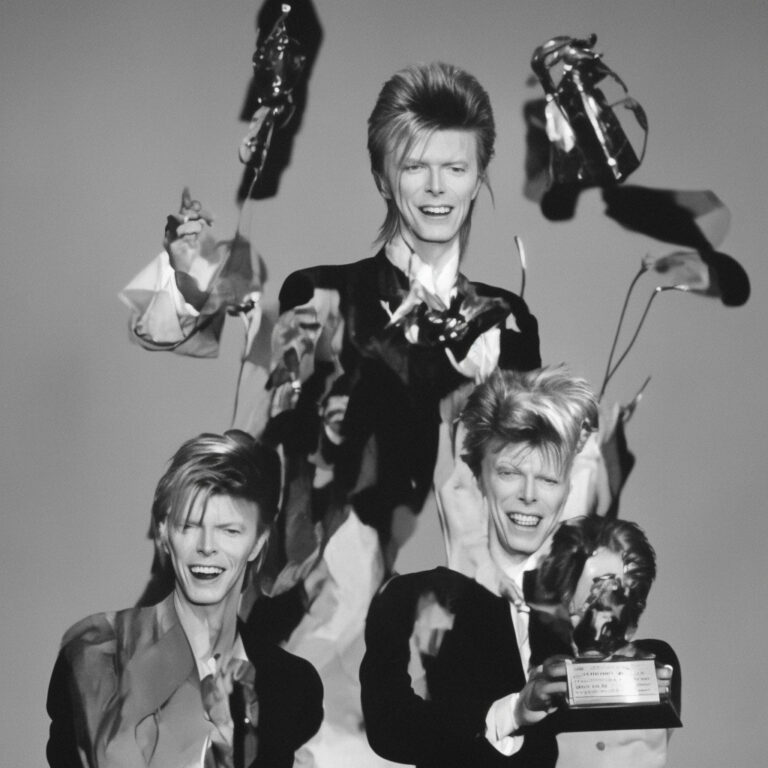
Over the years, “Space Oddity” has garnered numerous accolades and has become an integral part of pop culture. In 1969, the song won the prestigious Ivor Novello Award, presented by the British Academy of Songwriters, Composers, and Authors. Later in 2017, the song would be inducted into the GRAMMY Hall of Fame, solidifying its status as an iconic piece of music history.
The song’s influence extends beyond the world of music and into various forms of entertainment. “Space Oddity” has found its way into numerous films, television shows, and video games. In 2013, the song was featured in the critically acclaimed film “The Secret Life of Walter Mitty,” starring Ben Stiller, and helped to accentuate the movie’s themes of escapism and self-discovery. Additionally, it has been used in television series such as “Breaking Bad” and “Mad Men,” where its haunting melody and introspective lyrics have provided a thought-provoking atmosphere.
Video games have also embraced “Space Oddity” in their quest to create immersive gaming experiences. The song was prominently featured in the 2016 videogame “Prey,” where its otherworldly ambiance provided the perfect backdrop for the game’s space exploration and survival themes. Furthermore, it was also included as one of the playable tracks in the game “Rocksmith 2014,” enabling players to learn and play along with this unforgettable classic.
Various artists have taken on the challenge of covering “Space Oddity” throughout the years, each adding their unique touch to the iconic tune. Notable versions include Canadian astronaut Chris Hadfield’s moving rendition recorded aboard the International Space Station in 2013 – the first-ever music video to be filmed in outer space. This cover not only paid a fitting tribute to Bowie’s original work but also elevated its symbolism as an ode to mankind’s continuous fascination with space exploration. Other artists, such as Canadian singer-songwriter Emm Gryner, who performed the song as a piano ballad, and the rock band Smashing Pumpkins, have also put their spin on the track, showcasing its versatility and timeless appeal.
Overall, “Space Oddity” has left an indelible mark on popular culture and continues to inspire and captivate audiences with its evocative melody and thought-provoking themes.
Breaking Down the Musical Galaxy
Diving into the musical structure of “Space Oddity,” we find that the song is written in the key of C Major, though it occasionally shifts to C Mixolydian, giving it an ethereal vibe fitting of its subject matter. The tempo sits at a comfortable 68 beats per minute, allowing space for the song’s story to unfold.
The chord progression in the verses consists of C – E7 – F – Fm – C – F – G – A, creating a sense of tension and release that mirrors the narrative of the astronaut drifting off into the unknown. This progression is not your typical pop song structure, which adds to the song’s unique charm.
During the chorus, the chord structure changes to a more straightforward progression of C – F – G – C – F – G – A – Asus4 – A, providing a sense of familiarity and grounding amidst the uncertainty of the verses. This contrast between the verses and the chorus highlights Bowie’s knack for using chord progressions to enhance the storytelling in his music.
An interesting aspect of “Space Oddity” is the introduction of the Stylophone, an electronic instrument played by touching a stylus to its metal keyboard. The Stylophone’s distinct sound contributes to the otherworldly atmosphere of the song, and its use in the intro and outro bookends the track with a futuristic and space-age effect.
The arrangement of the song is also worth noting. The acoustic guitar strums and the mellotron strings create a lush sonic landscape, while the drums, bass, and electric guitar add depth and energy to the mix. The layering of various sounds and instruments adds complexity and richness to the overall composition.
In summary, “Space Oddity” is a brilliant example of how musical elements such as key, chord progressions, tempo, and instrumentation can be used to enhance a song’s narrative and emotional impact. The combination of these elements results in a track that is both captivating and musically innovative, showcasing David Bowie’s prowess as a songwriter and artist.

